Group members:
Mansi Chottani, Kye Li Chia, Ruoxi Song
Research question:
How can we preserve traditions through games?
Our solution
Introducing traditional games to the public through a local traditional games fest
Date:
3rd July - 24th November 2023
After our tutorial with Greg and Wan, their mention of "liminal space" sparked a new direction in our design approach. We began exploring the idea of relocating these games to spaces that encourage increased interaction and seamless integration into people's daily routines.
Intrigued by the concept of liminal spaces, we delved into research to understand these transitional areas in a city like London. While walking through Stoke Newington, I discovered an alleyway deliberately crafted to evoke playfulness and encourage engagement. Situated adjacent to a school, the designs aimed to foster a more inviting atmosphere and discourage any potential suspicious activities. Witnessing this alley's potential, we envisioned recreating these "in-between" transitional spaces into playgrounds, suited for both adults and children. We also explored London, seeking out liminal spaces that exist in the city.
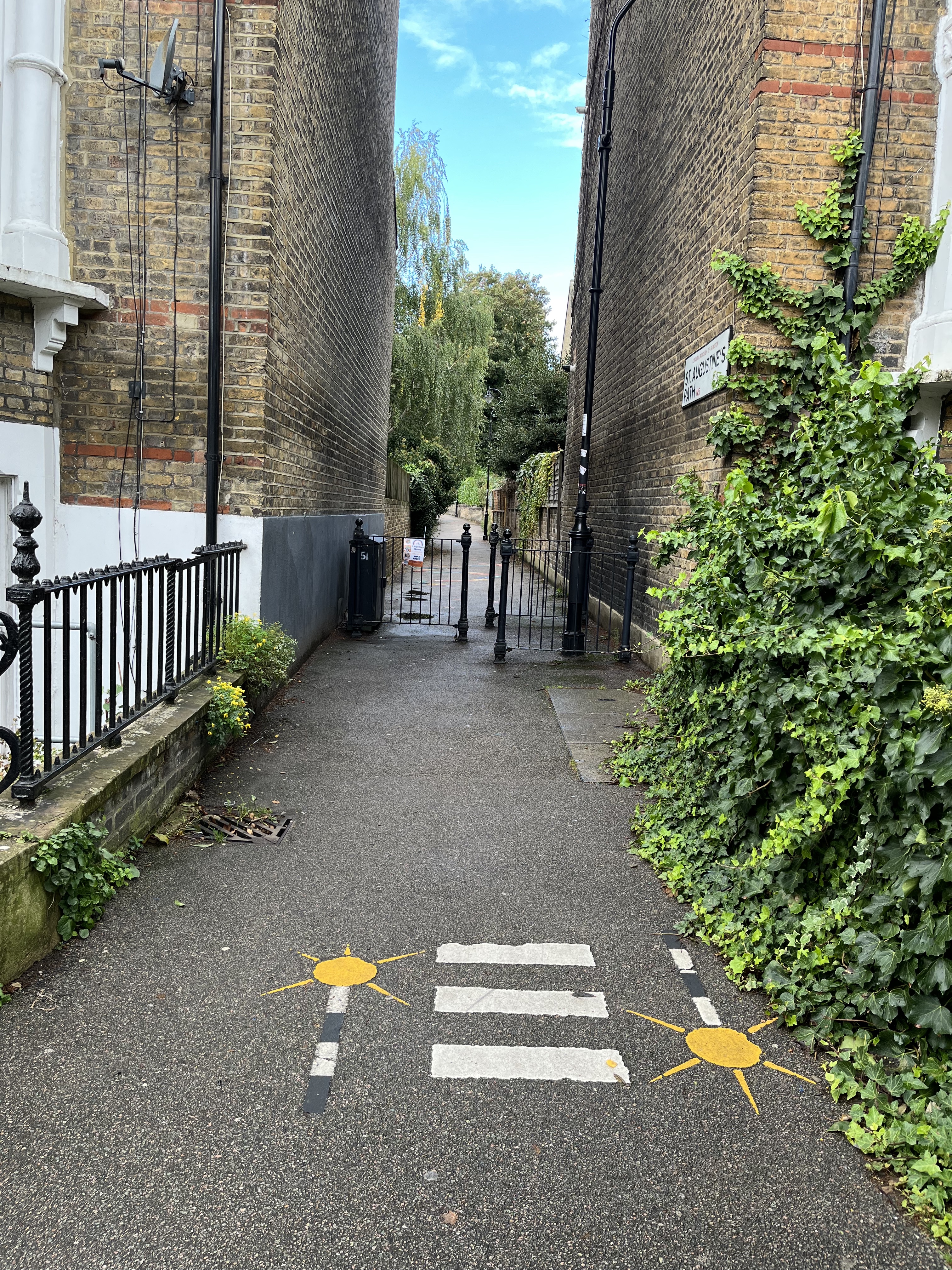
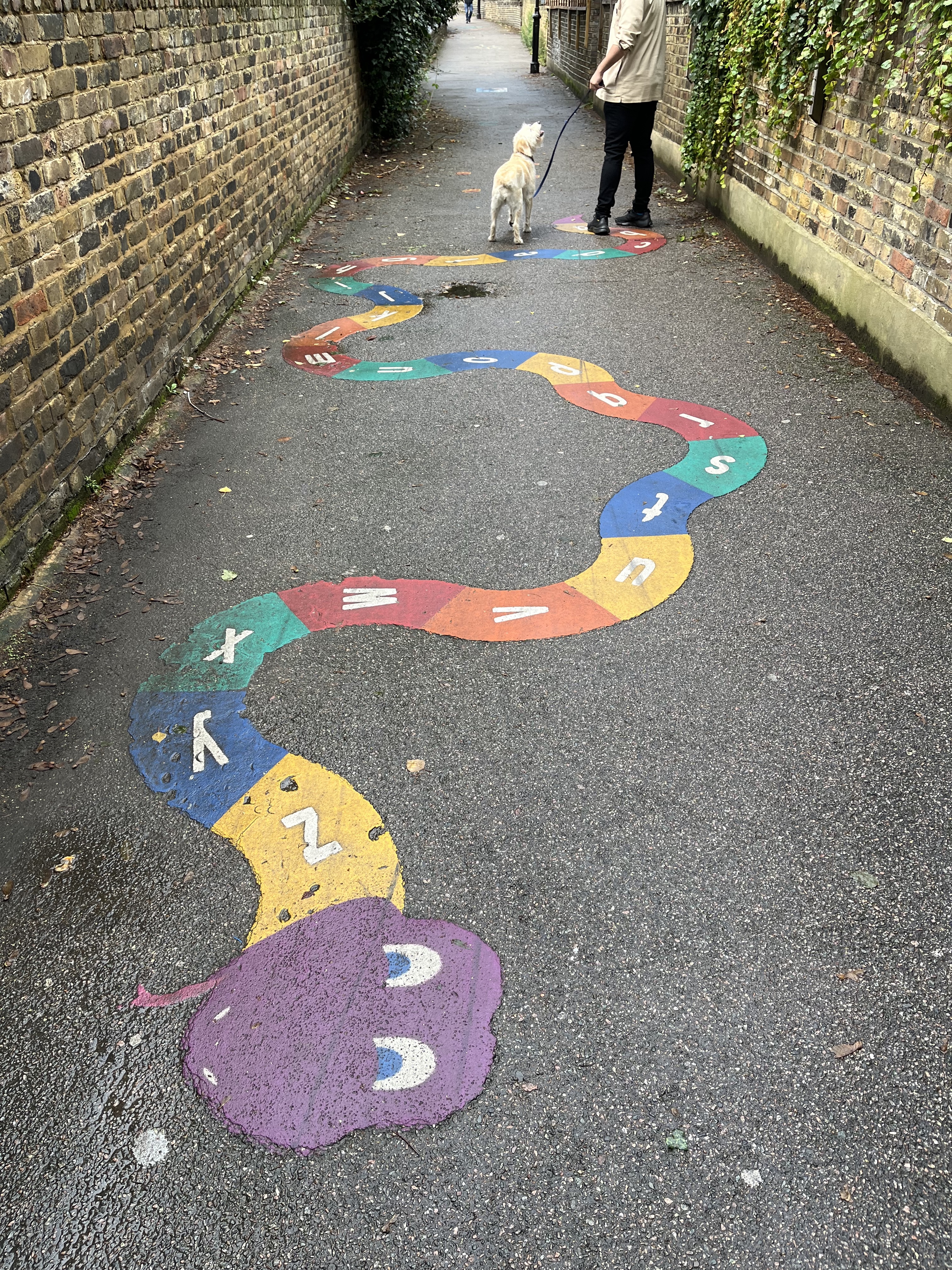
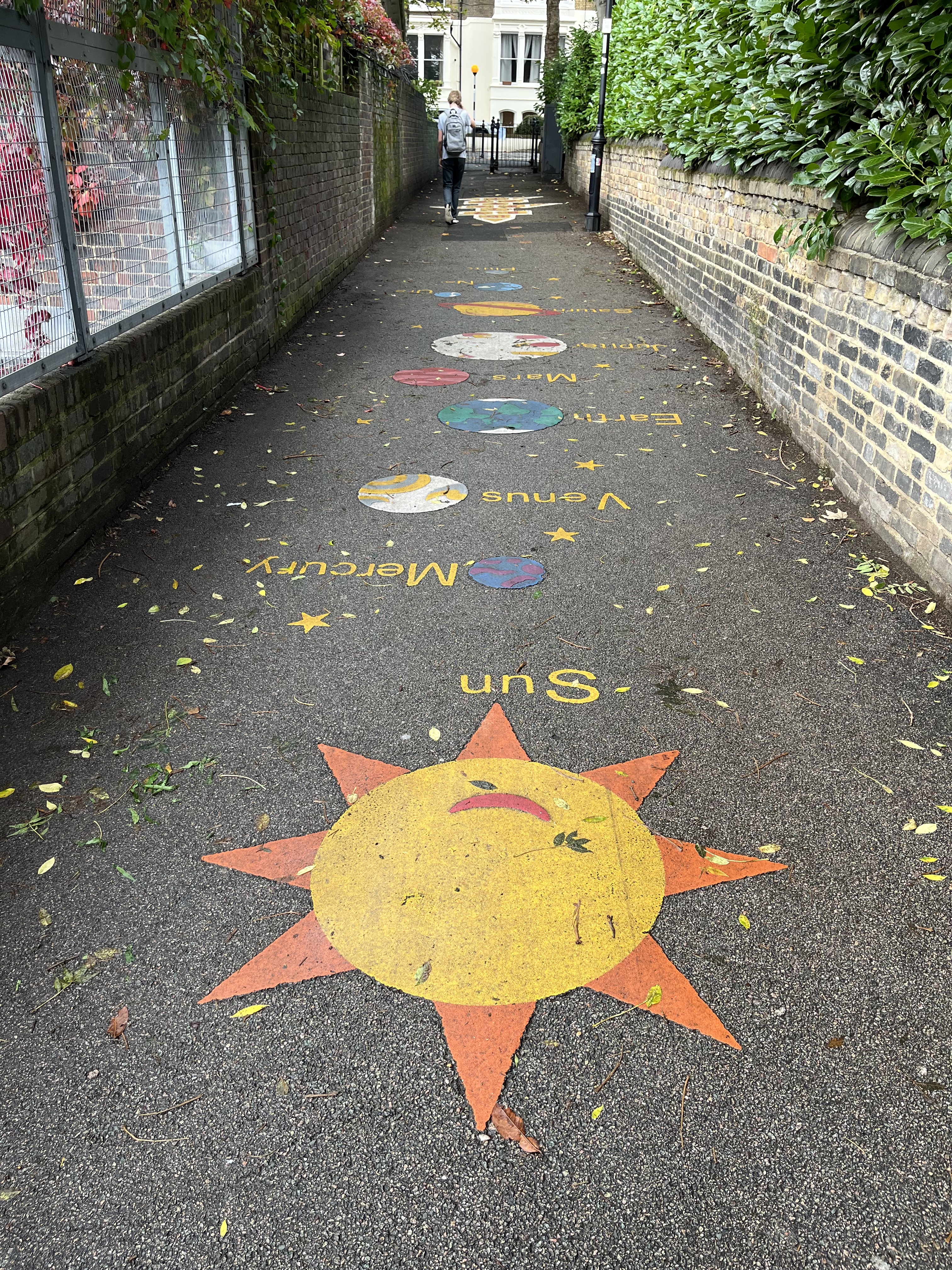
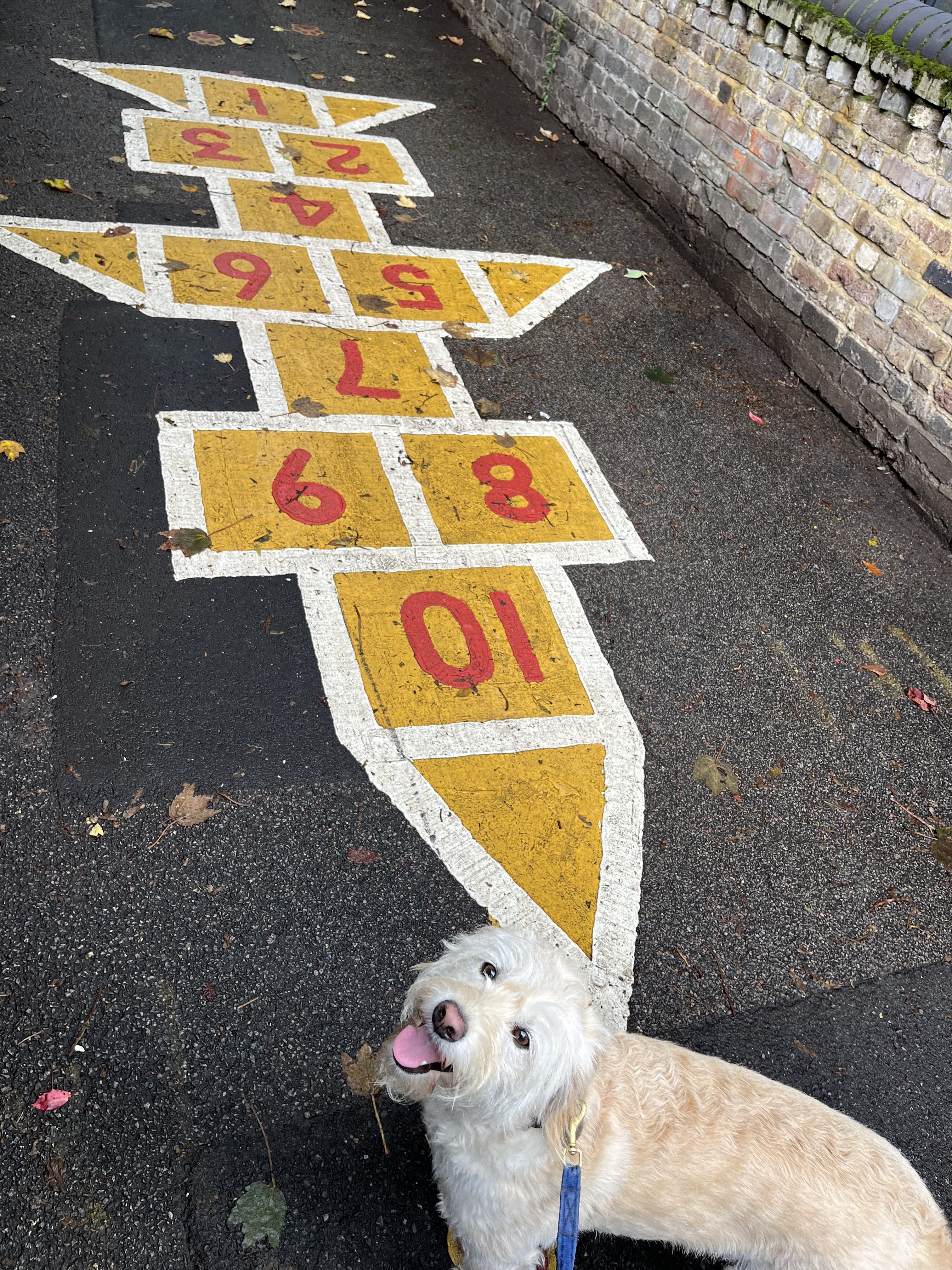

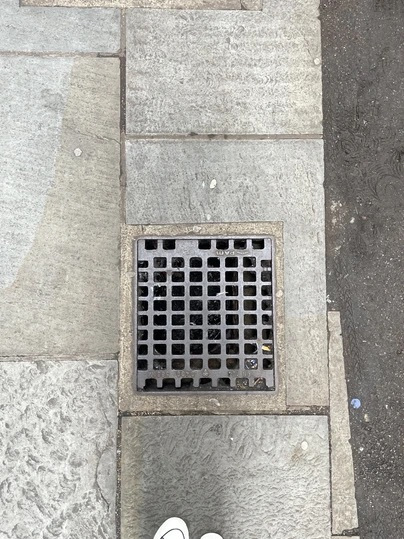

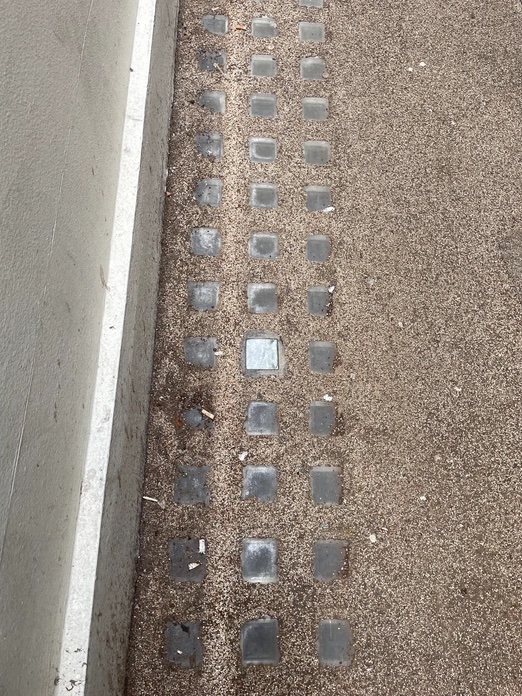
Our goal was to seamlessly integrate these playful elements into walkways and people's commutes. Unlike park games that require a pause for instructions, we aimed to foster interaction while on the move—simple, effortless games that infuse a sense of fun and playfulness into otherwise empty or dim alleys. To achieve this, we brainstormed ideas and conducted online research on how people have transformed such areas.
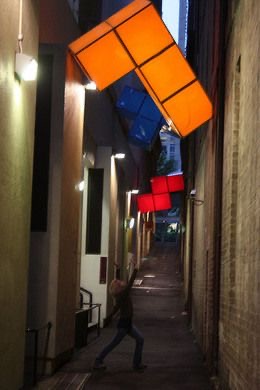
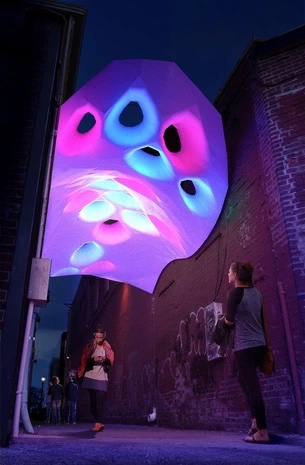
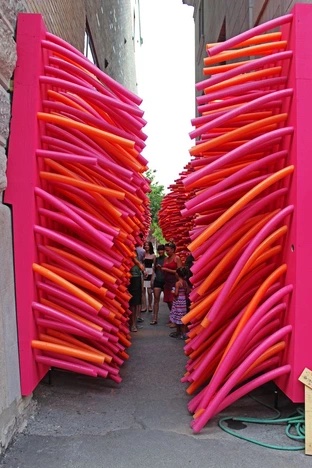




However, we felt that this direction didn't align with our goal of preserving traditional games in the most appropriate manner. Following our tutorial with John, we had an enlightening shift in perspective. We recognized the strength and beauty of our existing concept with the infographics. Rather than constantly seeking new additions, we embraced John's suggestion to build upon what we already had.
He prompted us to envision our concept as an exhibition at the V&A dedicated to traditional games—encouraging us to enhance the overall experience. John urged us to consider a transmedia approach, mentioning an example of an English folk dance institution in Camden, where the design encompassed the institution's space and functionality.
Inspired by this guidance, the group decided to pivot towards a video game concept, integrating traditional games as interactive elements within the console. Our vision was to curate an archive of traditional games turned video games which includes the gaming console, historical narratives of these games over time, competition materials, a games catalog, and a collection of video games based on traditional concepts. Moreover, we intended to seize the opportunity by hosting an interactive gameplay competition for our workshop during the LCC graduate show.
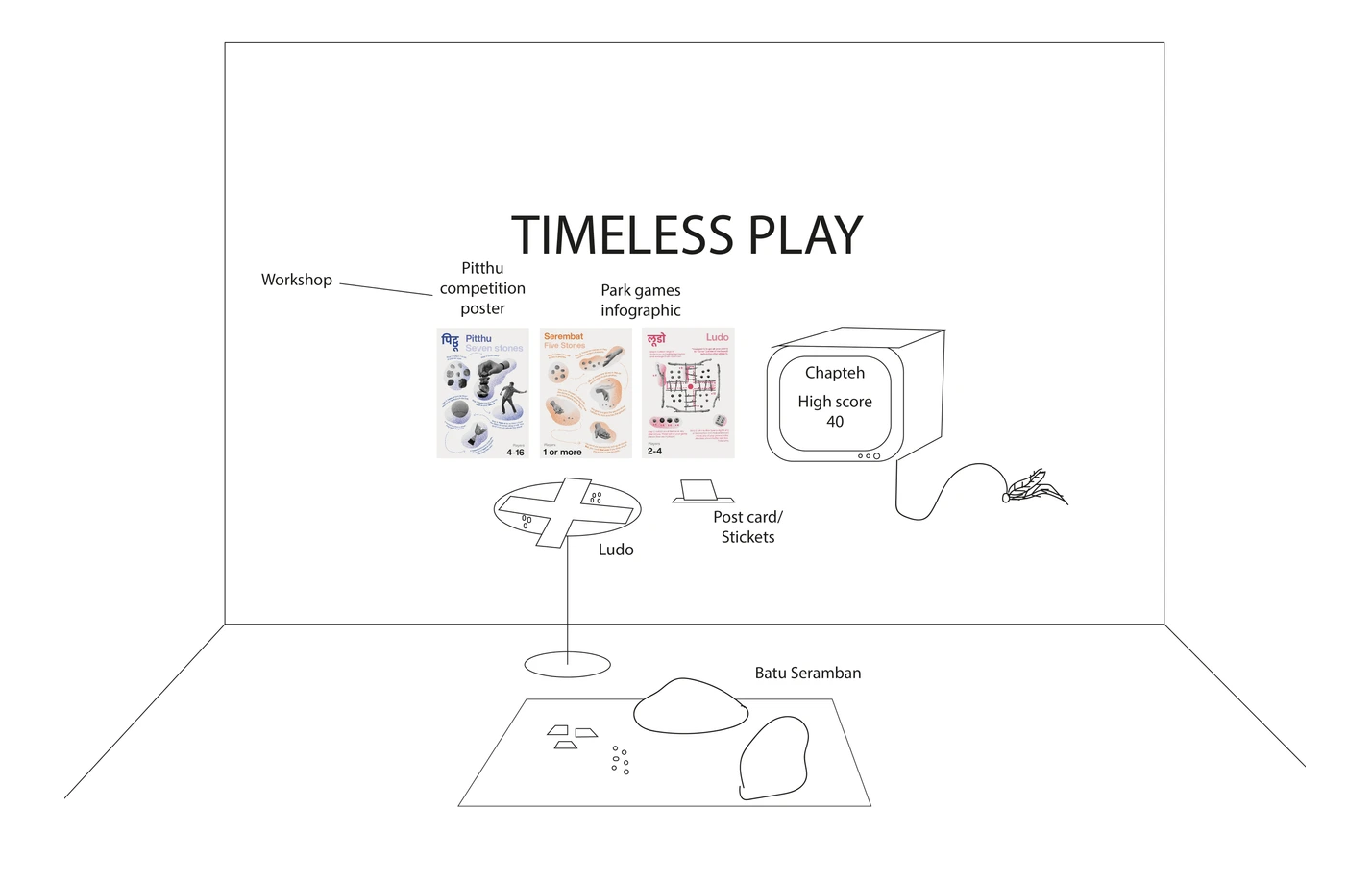

In determining which traditional games to include in the archive, we tested the gameplay of various options and brainstormed ways to translate them into video games.
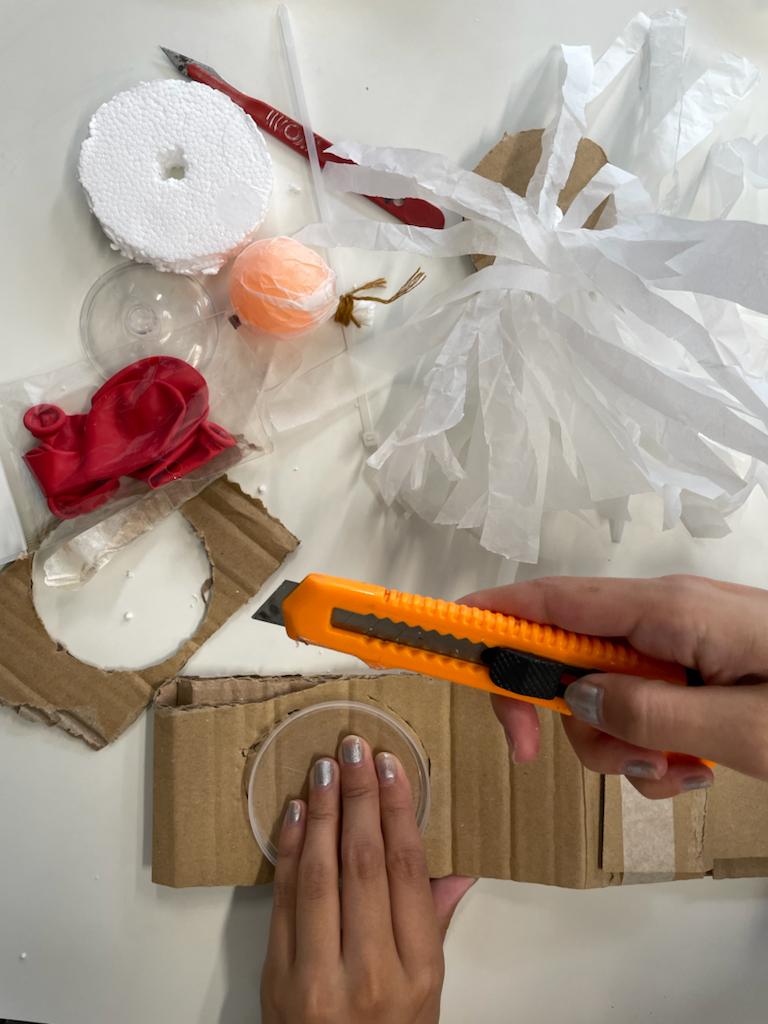

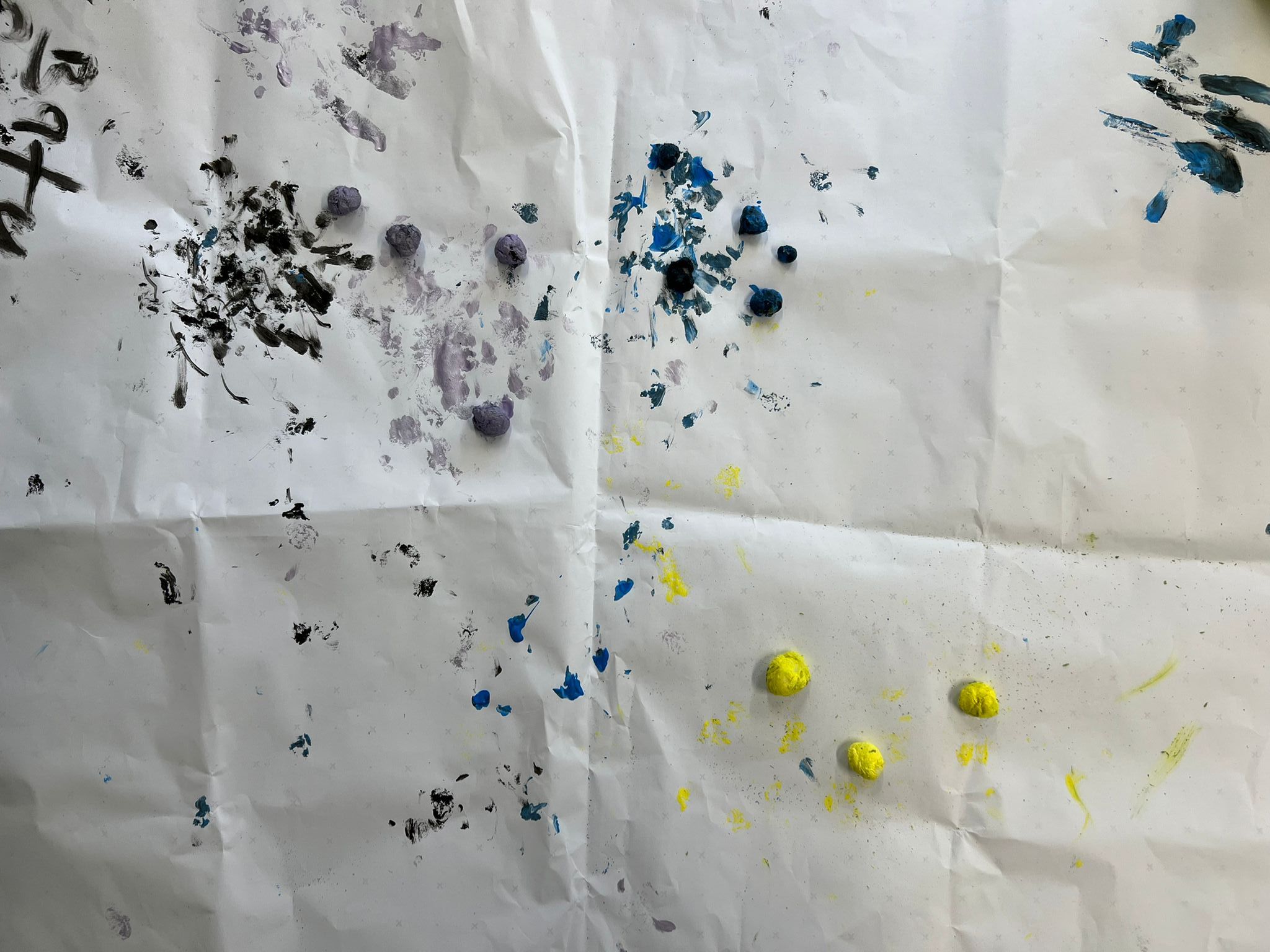
After testing and prototyping both traditional games, we opted to progress with Chapteh due to its higher interactivity and involvement of full-body movement. It offers players an added thrill in surpassing personal records by kicking the Chapteh more times than before. On the other hand, the Batu Seremban game leans towards leisure, consistently resulting in the collection of all five stones without much variation.